Reliable Chimney Inspection to Keep Your Fireplace Running Safely
Regular chimney inspections are essential for ensuring the safety and efficiency of fireplaces. Properly functioning chimneys help prevent fire hazards, carbon monoxide buildup, and structural damage. Routine checks can identify issues before they develop into costly repairs or dangerous situations.
Inspections help detect blockages, creosote buildup, and structural issues that could compromise safety. Preventive maintenance reduces the risk of chimney fires and carbon monoxide intrusion.
Critical parts include the chimney cap, liner, damper, and smoke chamber. Each component plays a vital role in the proper operation and safety of a fireplace system.
Failure to inspect can lead to dangerous creosote fires, blocked flues, or deteriorated liners, increasing the risk of house fires or toxic fumes.
Studies show that regular inspections can reduce chimney fires by up to 60%. Over half of chimney-related house fires occur due to neglect and buildup.
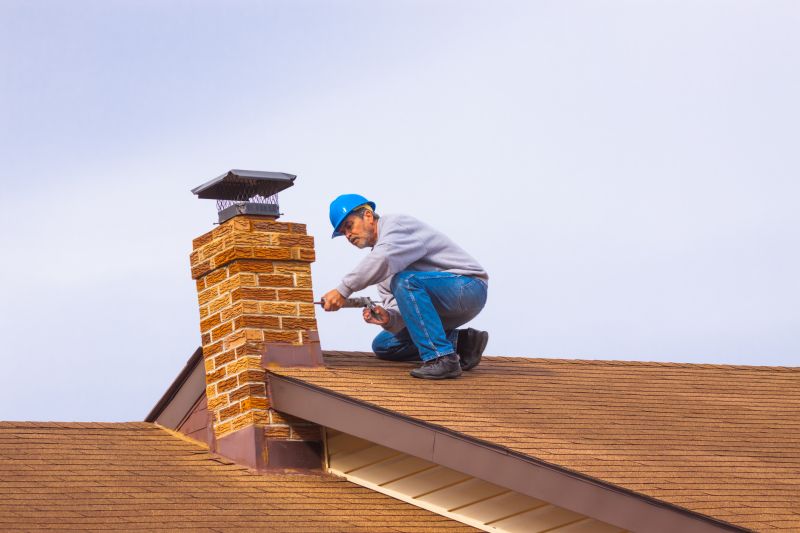
A well-maintained chimney cap and liner are crucial for preventing debris entry and containing heat.
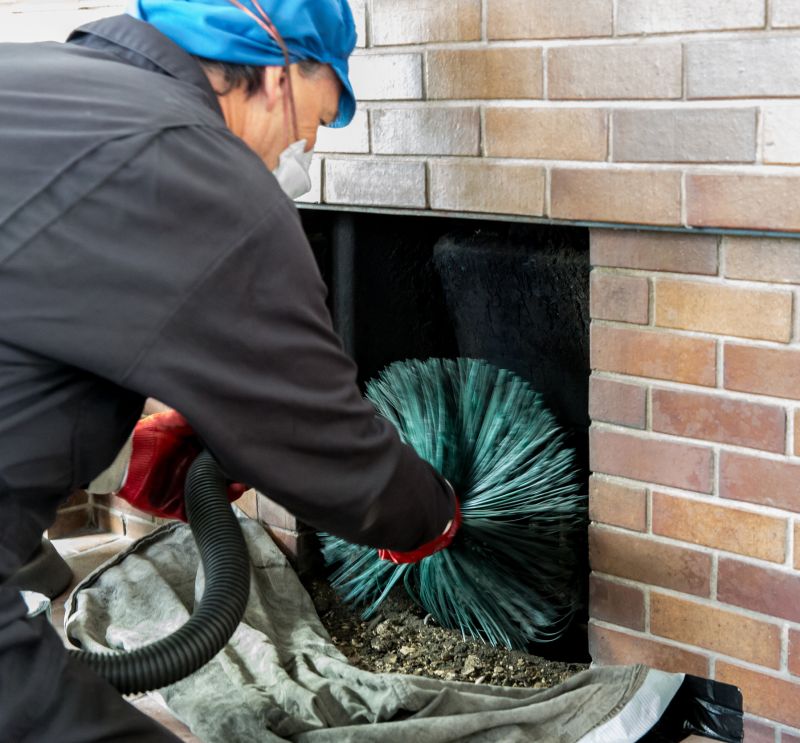
Properly functioning dampers regulate airflow and enhance safety during use.
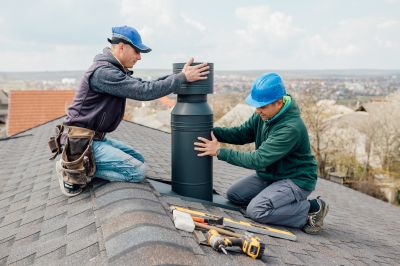
Accumulation of creosote can ignite if not cleaned regularly, posing fire hazards.
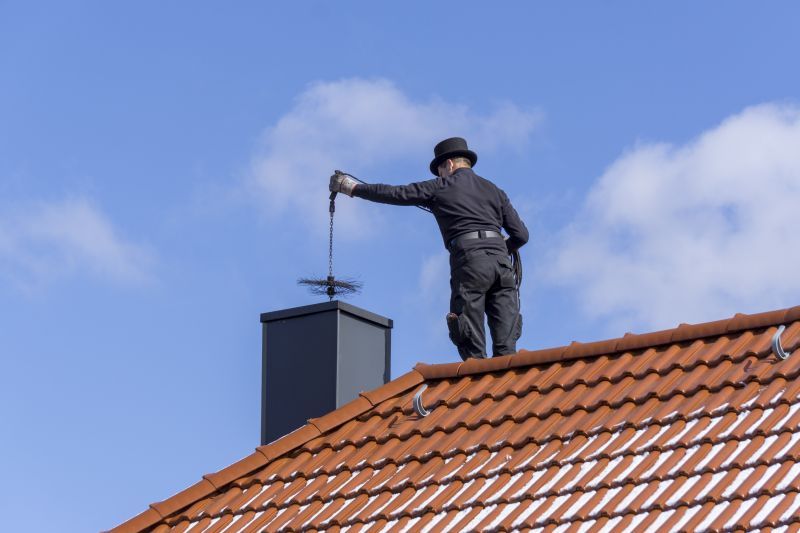
Specialized tools are used to assess the condition of chimney components during inspections.
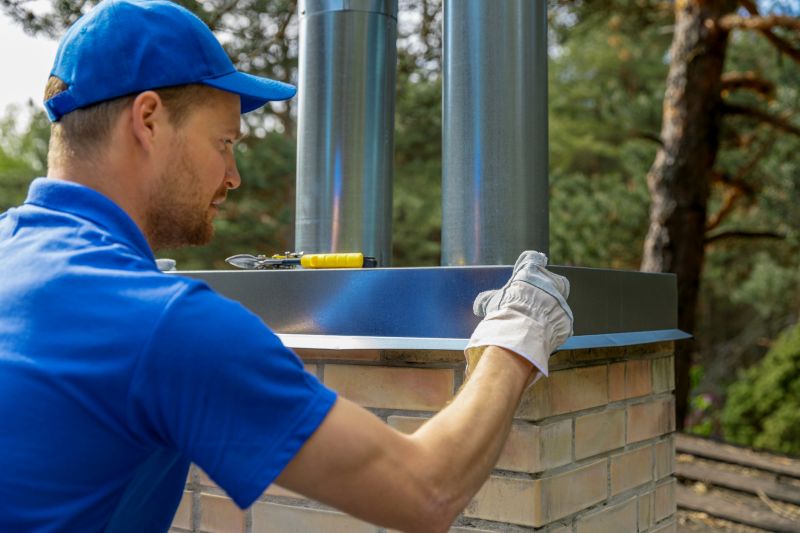
Cracks or deterioration in the liner can lead to dangerous fumes leaking into the home.
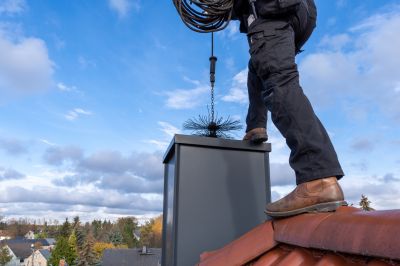
Regular cleaning and inspection ensure safe operation and prolong chimney lifespan.
Ensuring the chimney and fireplace are inspected and maintained properly is vital for safety and efficiency. Regular assessments can identify potential issues before they escalate, reducing the risk of fires, toxic fumes, and costly repairs. Components such as the chimney cap, liner, damper, and smoke chamber should be checked for damage, buildup, and proper operation.
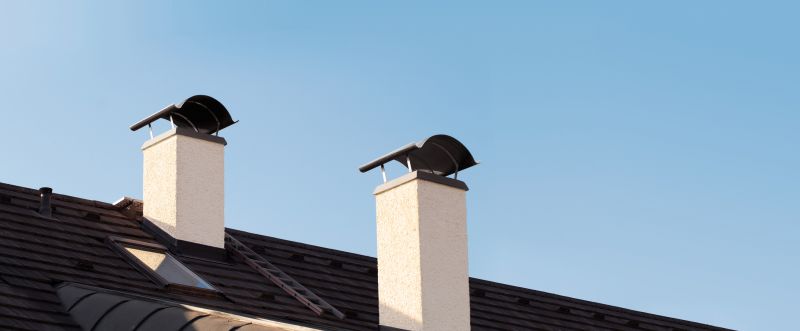
A secure chimney cap prevents debris and animals from entering the flue.
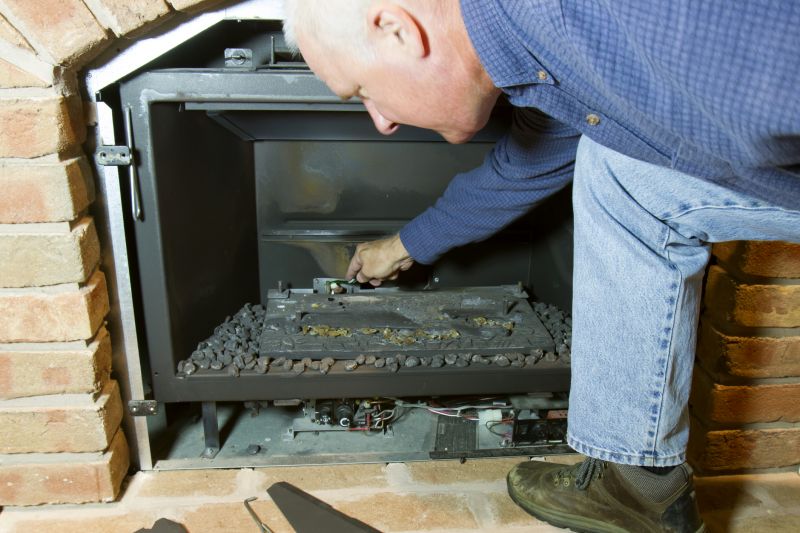
Cracks or corrosion in the liner can compromise safety and require replacement.
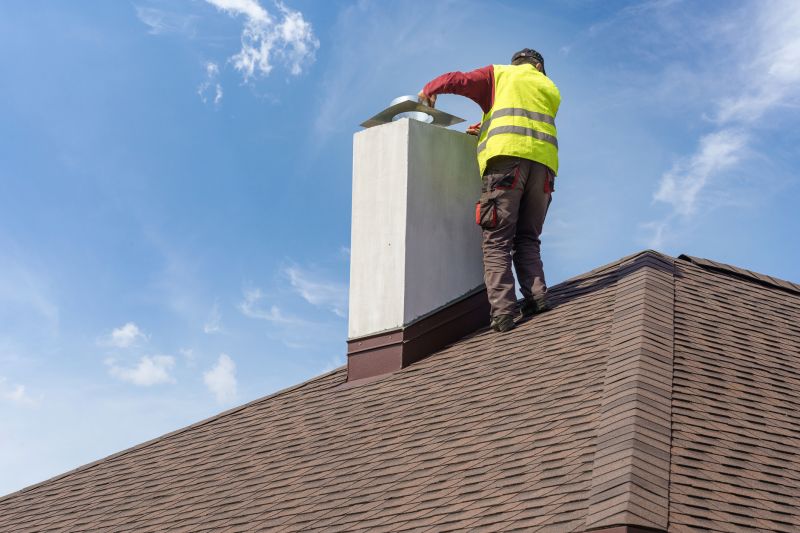
Adequate venting ensures smoke and fumes are safely expelled.
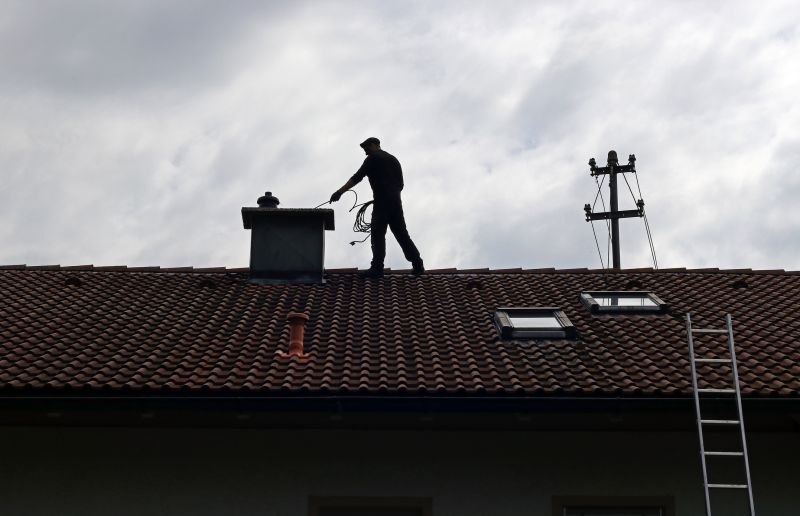
Removing creosote buildup reduces the risk of chimney fires and improves airflow.
For a thorough assessment of a chimney’s condition and to ensure safe operation, scheduling a professional inspection is recommended. Regular inspections help identify potential hazards early, maintain compliance with safety standards, and extend the lifespan of the chimney system.
Interested in scheduling a chimney inspection? Use the contact form to request a quote and ensure the safety and efficiency of a fireplace system. Proper maintenance and inspections are key to enjoying a safe and warm home environment.
